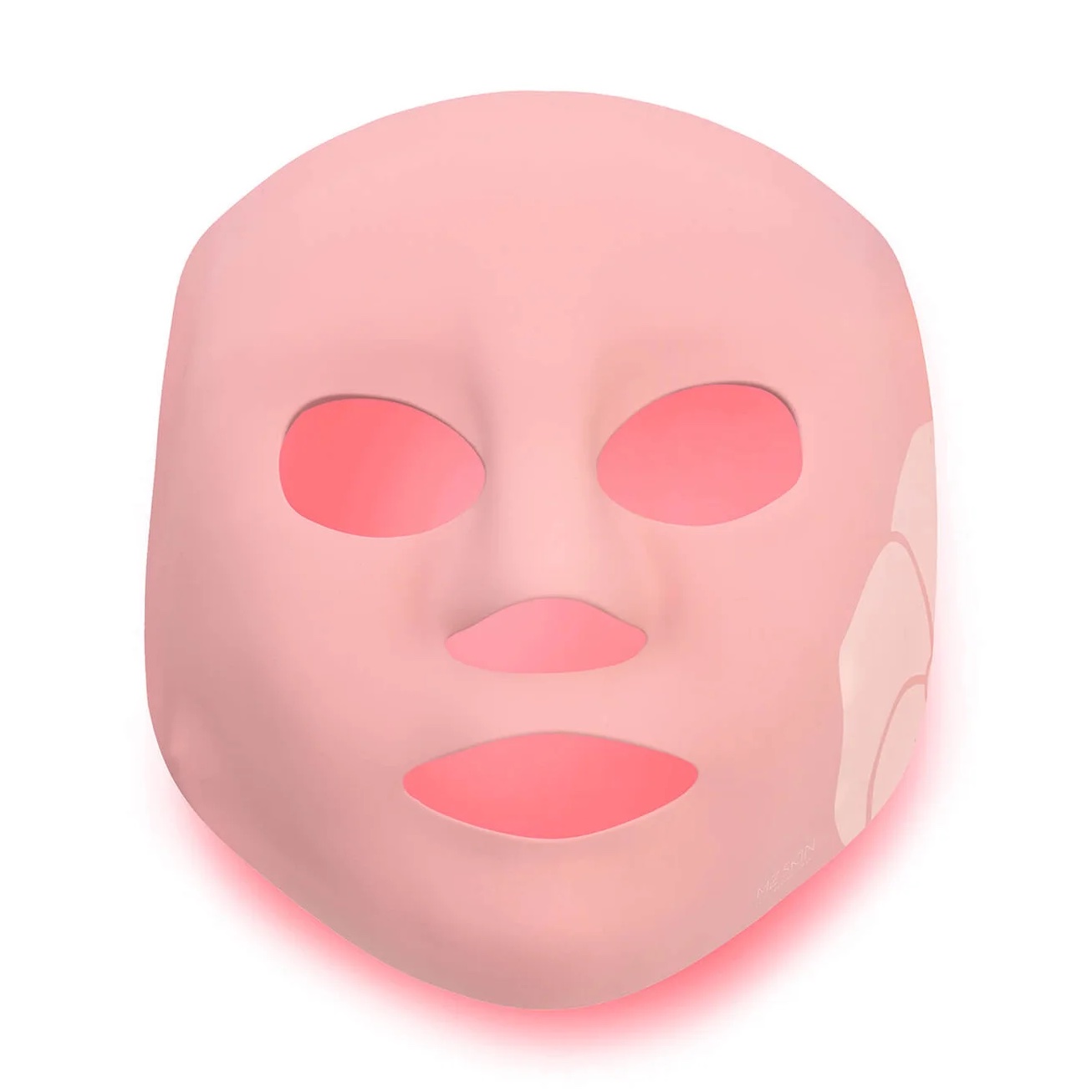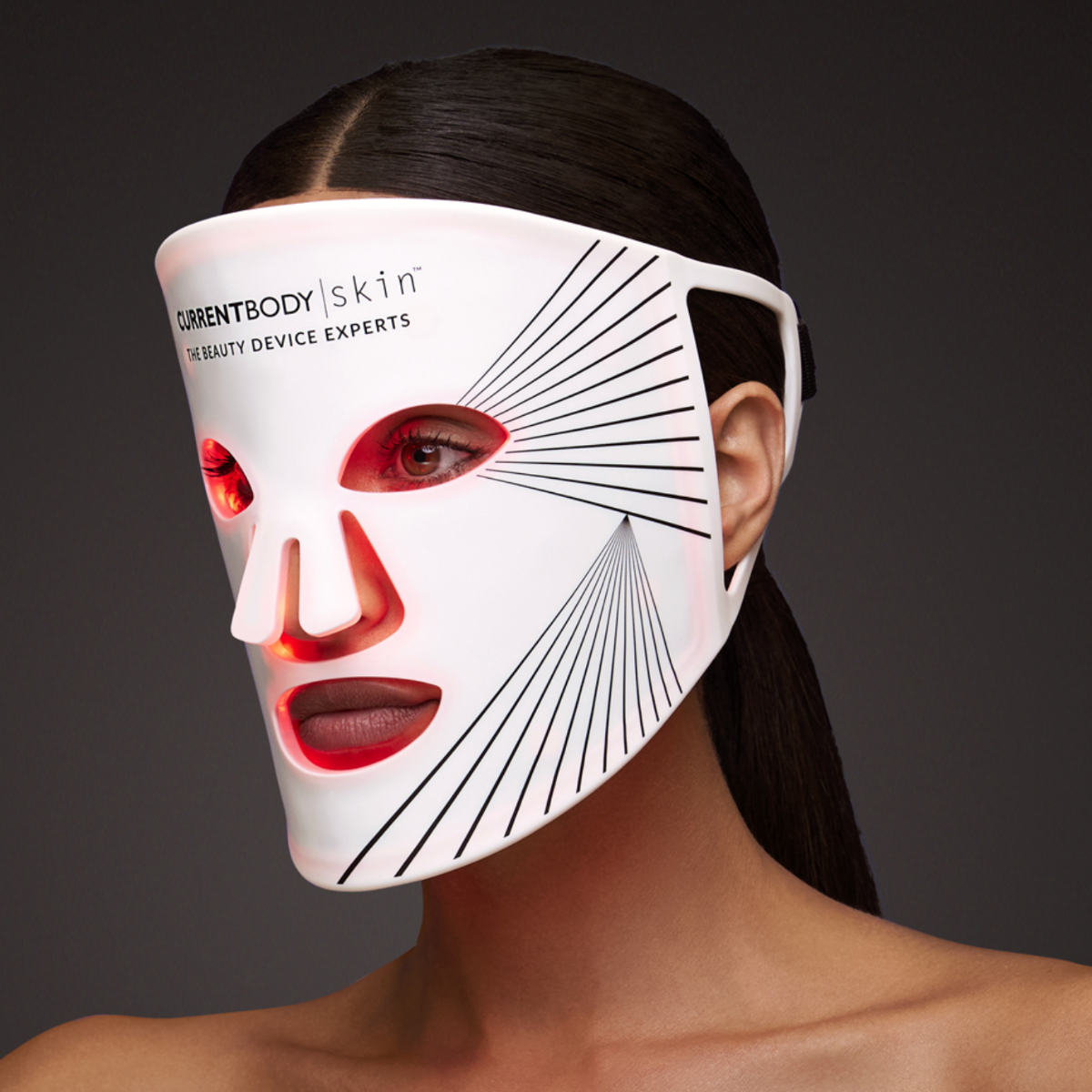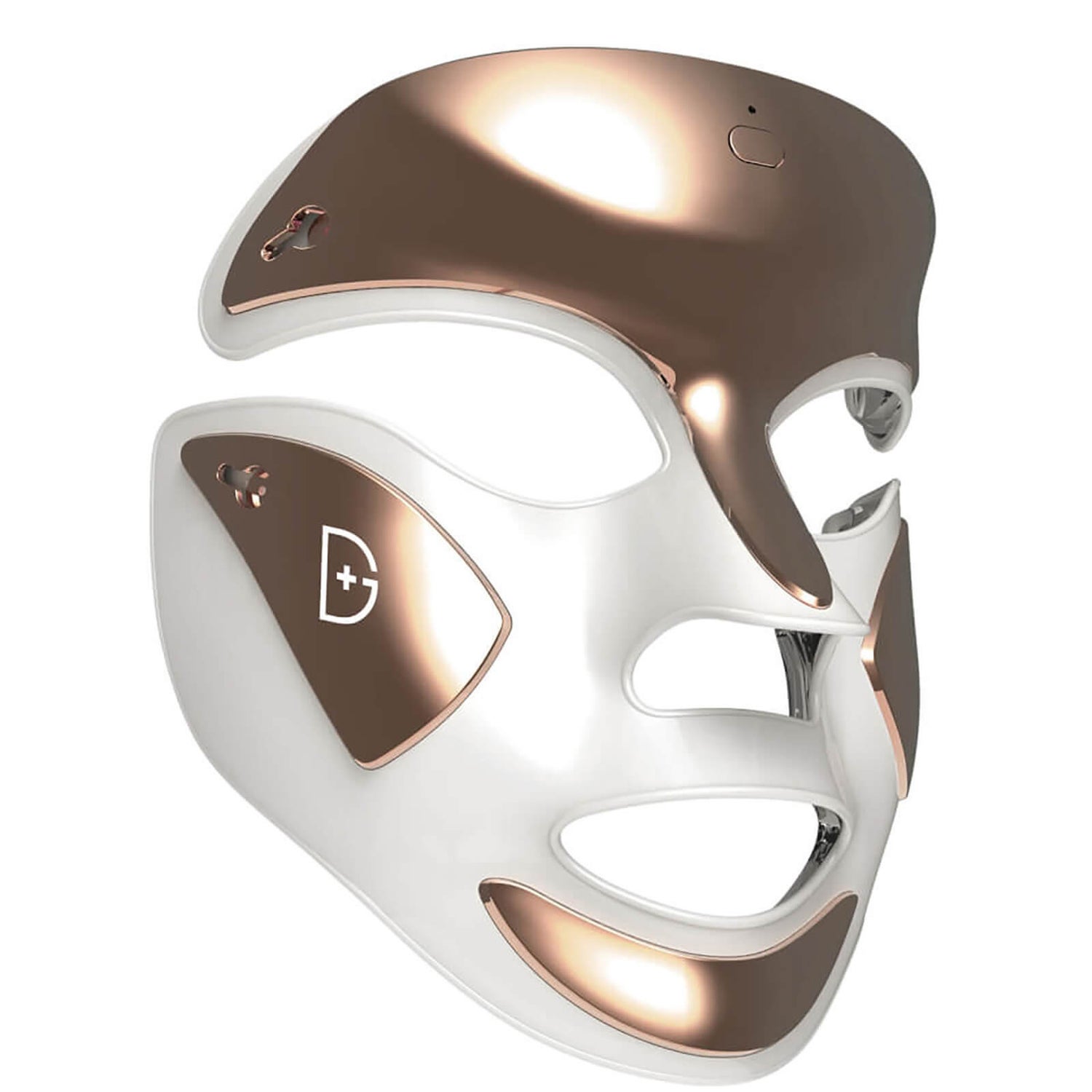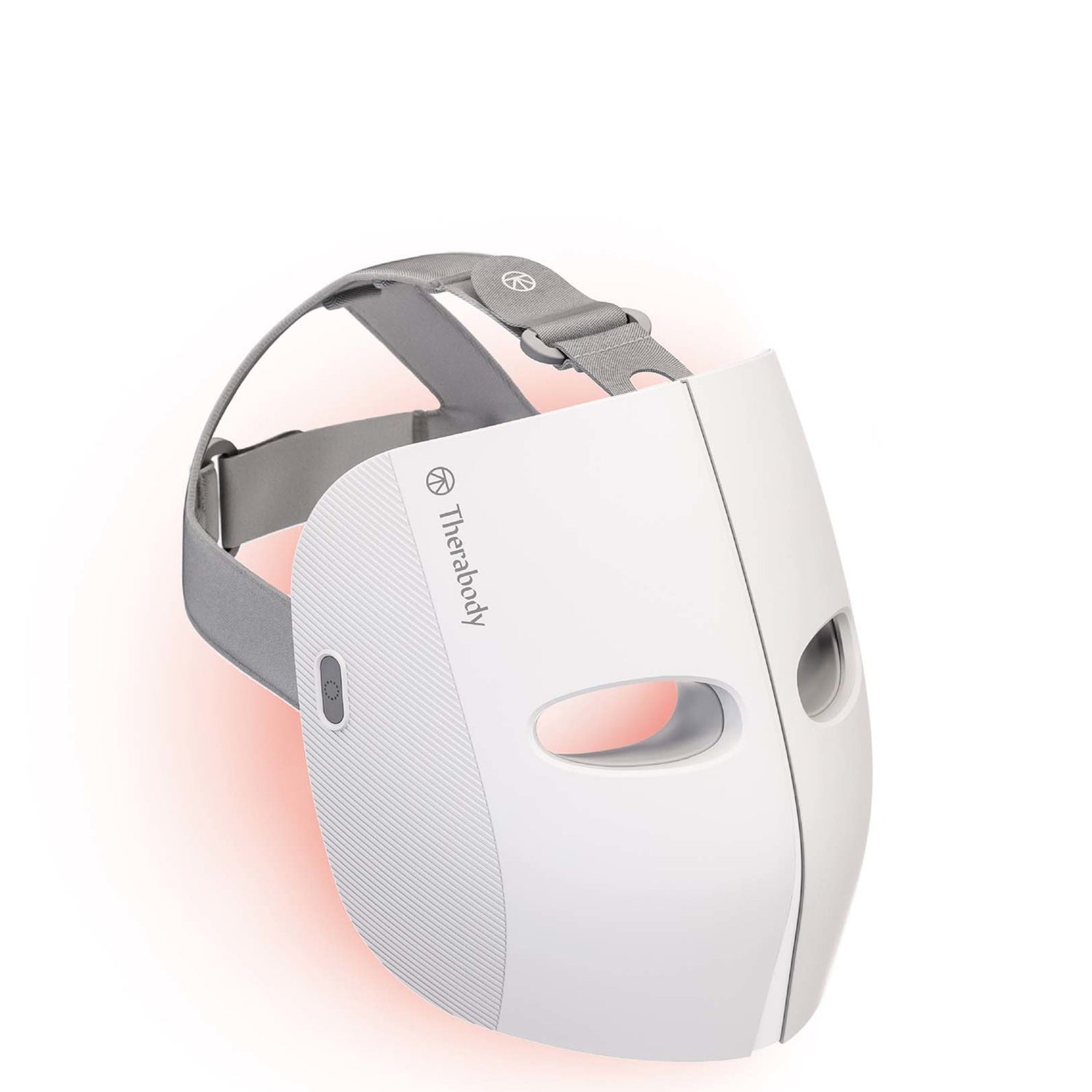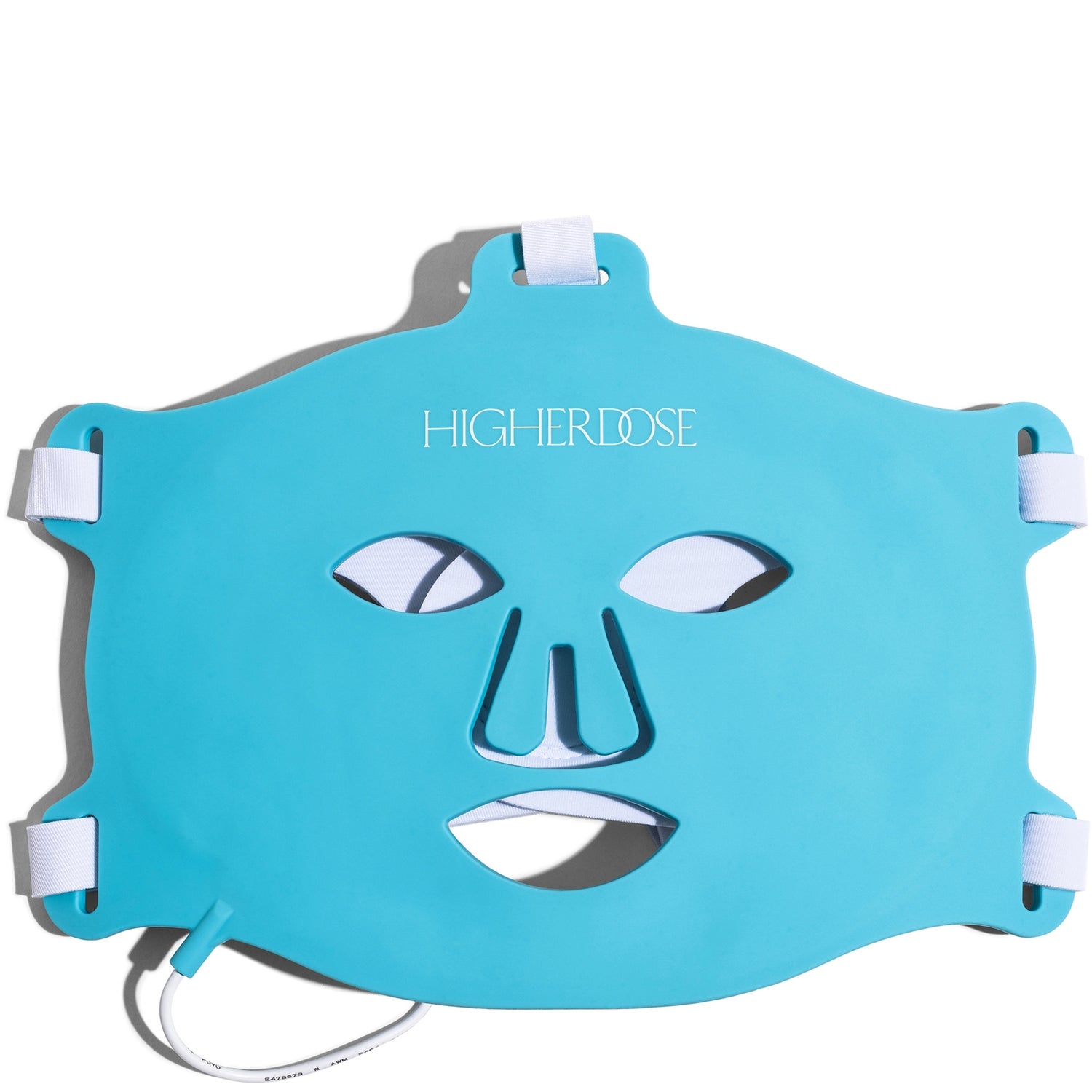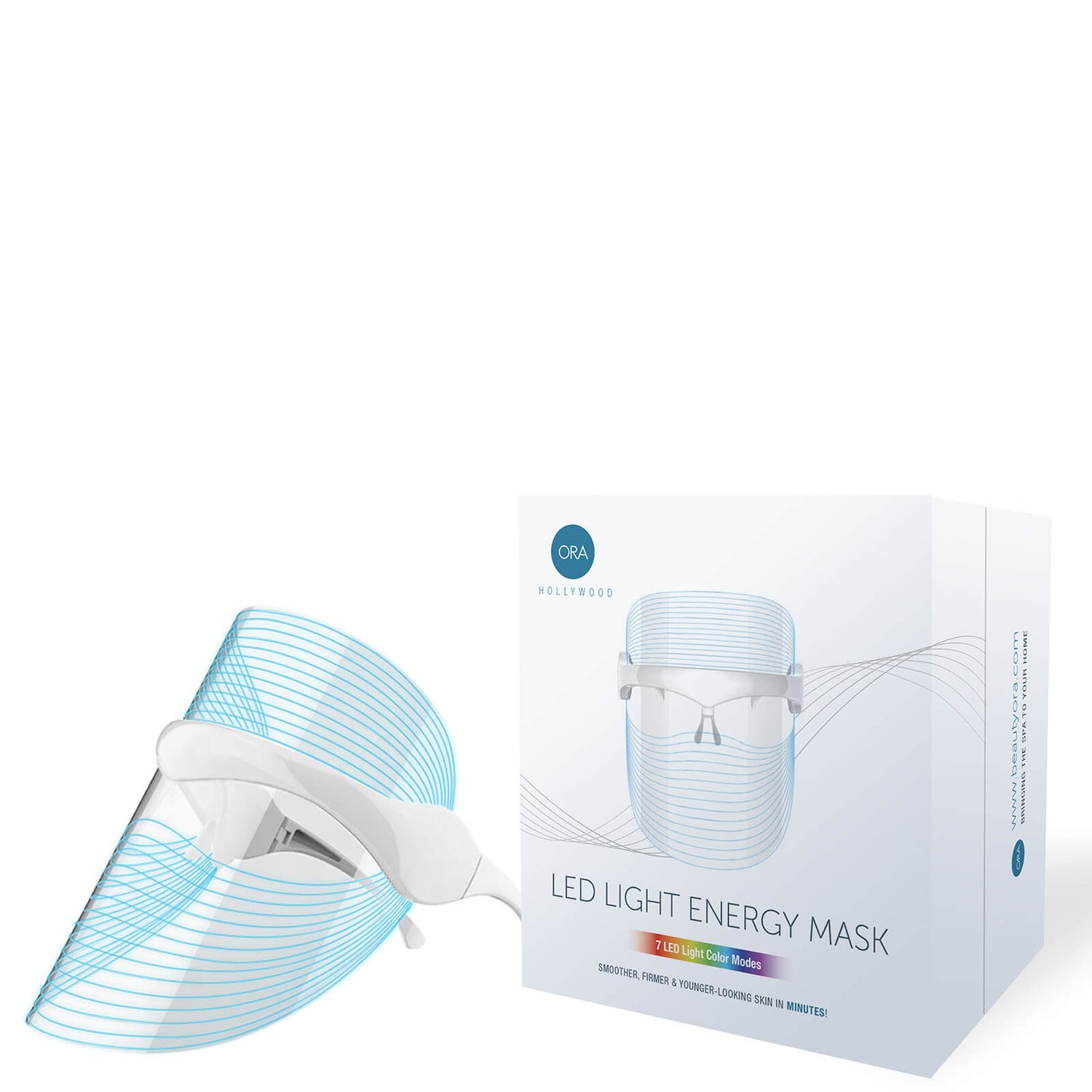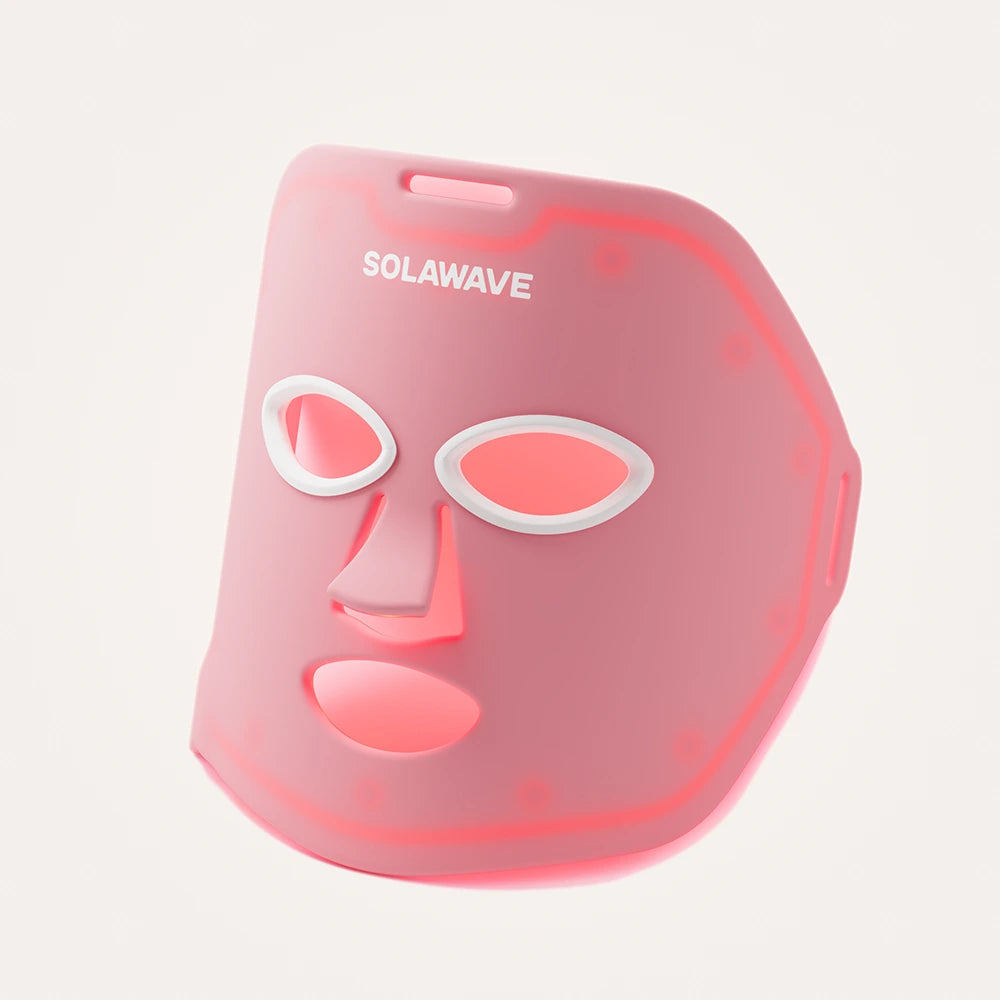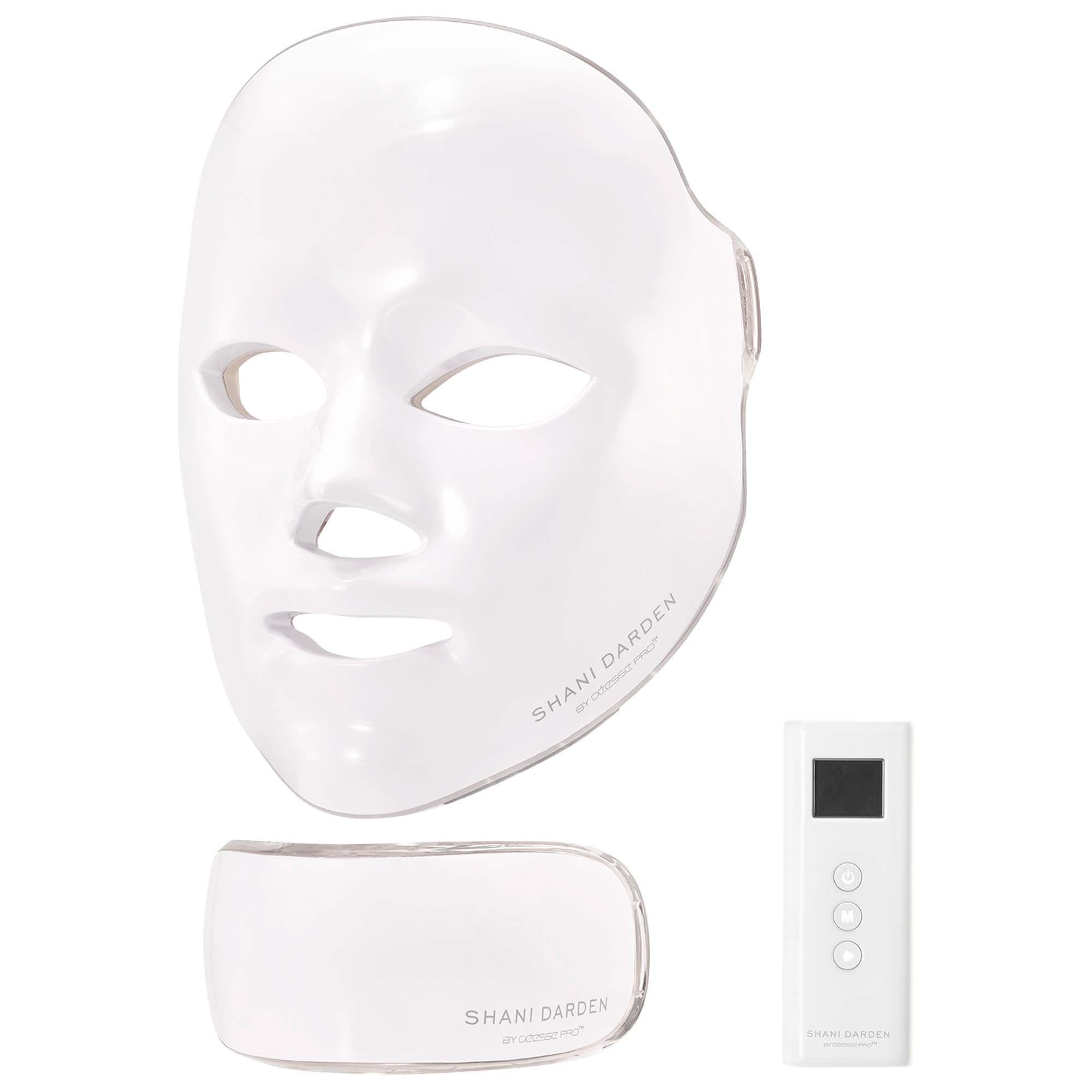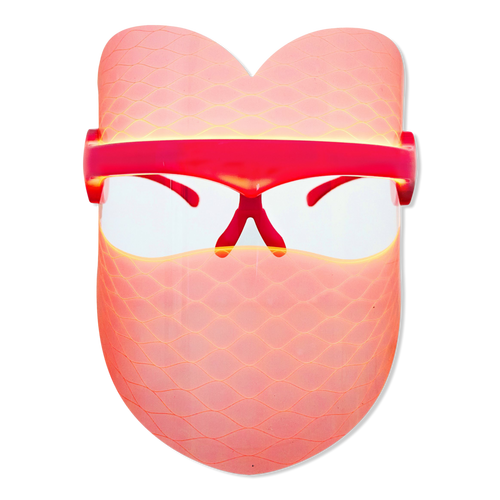Can LED Light Therapy Truly Deliver "Fountain of Youth" Skin Benefits? Here's What Experts Say

Kaitlyn McLintock
If you've been on Instagram lately, I'm sure you've come across a photo of someone wearing a futuristic-looking LED face mask. I've been seeing these high-tech beauty tools everywhere lately, and so many people rave about the positive effects that they can have on the skin. However, after having a look online, I quickly realized that these masks aren't cheap. In fact, some can set you back hundreds of dollars, so I wanted to find out what, exactly, I'd be getting for this kind of money.
As a beauty editor, I'm lucky enough to speak to industry experts daily, so I decided to reach out to Raj Arora, MD, NHS doctor and key opinion leader for Foreo, and Maryam Zamani, MD oculoplastic surgeon and founder of MZ Skin, to find out everything there is to know about LED therapy, including how these at-home masks actually work. Keep scrolling to learn whether or not LED light therapy can truly deliver "fountain of youth" skin benefits.
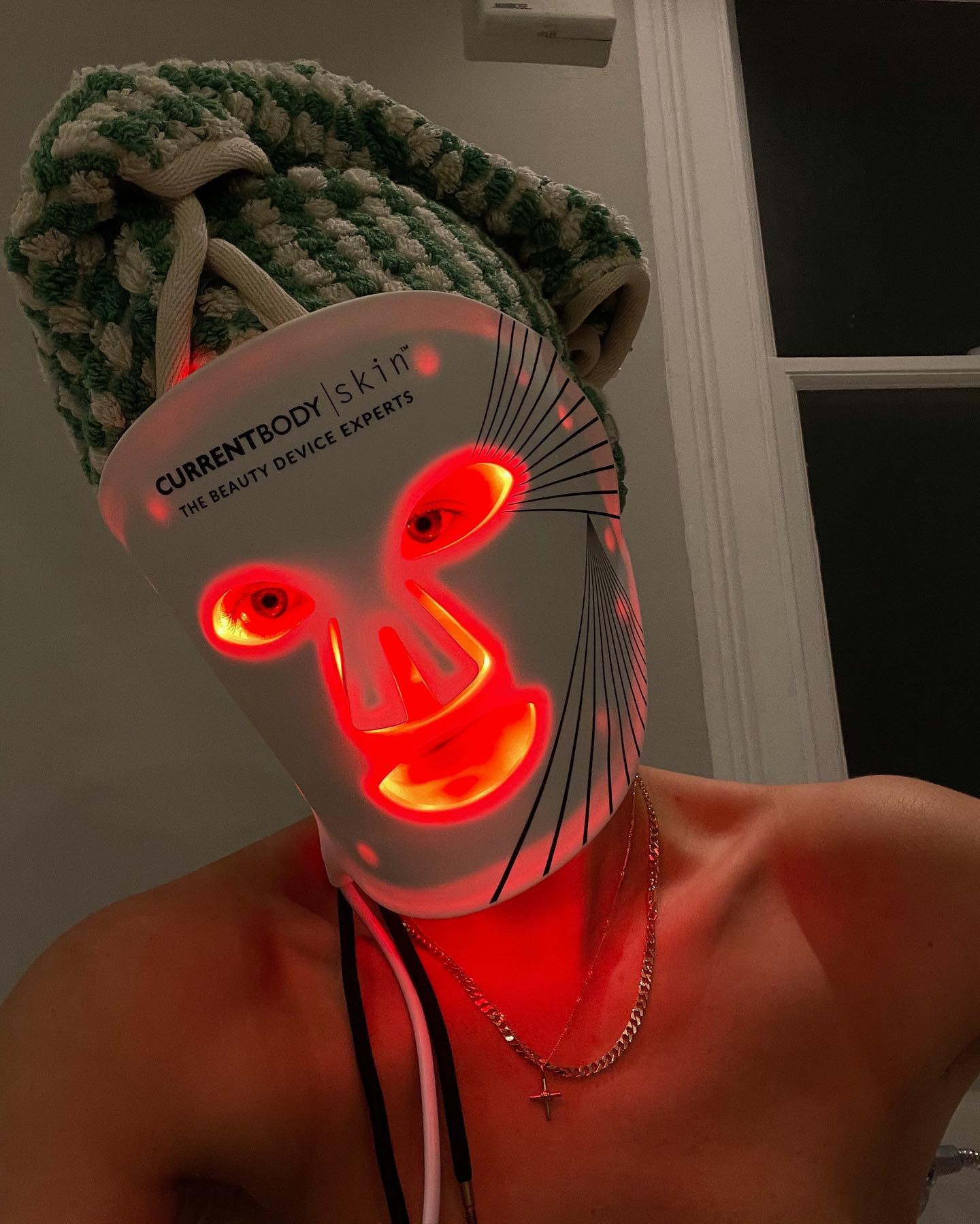
What Is LED Light Therapy?
According to Arora, LED stands for light-emitting diode. It's a non-invasive, pain-free treatment that uses light to address skin concerns. "Essentially, LED wavelengths enter the skin’s layers and stimulate the natural healing mechanisms," she explains.
Zamani says that LED has been used for over 30 years to heal the skin and stimulate collagen and elastin. "LED therapy uses light from the visible spectrum to stimulate the cellular response to regenerate through a process called photobiomodulation. Shorter wavelengths target superficial skin while longer wavelengths penetrate more deeply." The light essentially re-charges the cells' 'energy battery' and the skin is then able to use the energy as fuel to repair and rejuvenate damaged cells and boost the skin's natural repair process.
How Can LED Light Therapy Benefit the Skin?
Many people ask me which specific skin concerns LED therapy can address. The answer? It depends on the light color/wavelength you choose. Depending on which one you use, you can target fine lines, wrinkles, tone, texture, and even acne.
Zamani says red and blue light are most common. However, to give you a better understanding of all the options and possibilities, Arora has broken down each LED color and its associated benefits below.
- Red: This light stimulates the production of collagen and elastin, which can help to firm and lift the skin. Zamani adds that it can also reduce inflammation, heal blemishes, and help improve scarring.
- Blue: Blue light targets acne-causing bacteria and minimizes future breakouts while reducing inflammation and speeding up skin recovery.
- Green: Although it's not as commonly used as red and blue, green light can help even the skin tone, tackle dark circles, and brighten dull complexions.
- Yellow: Yellow light can ease redness and swelling from things such as sunburn, rosacea, and inflammation.
- White: White light can penetrate deeply into the skin and activate the natural renewal of skin cells.
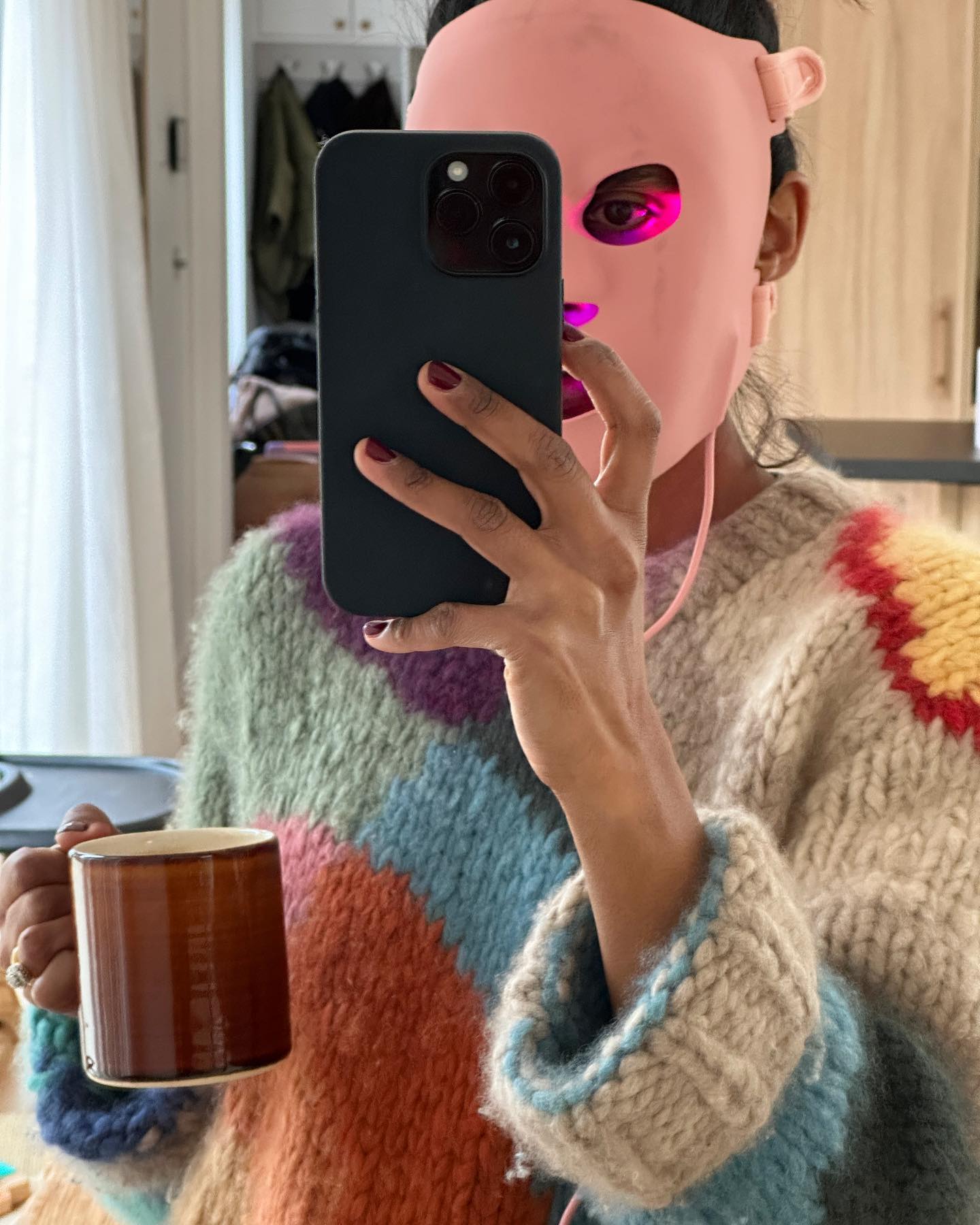
Is LED Light Therapy Suitable for Everyone?
Before investing in an LED face mask, it's important to check whether this treatment is safe for you. Zamani says that although everyone can benefit from light therapy, it isn't recommended for someone who suffers from seizures or epilepsy—either at home or in a clinical setting—due to the bright light. She also advises that anyone suffering from migraines or eye conditions or taking certain medications should give this treatment a miss. Most devices also advise against usage for pregnant or breastfeeding women. It's better to be safe than sorry, so check with your healthcare provider before you dive in.
How Often Can You Use an LED Face Mask?
If you're wondering whether you can overuse your LED mask at home, Arora says not to worry. "Generally speaking, you cannot really 'overuse' an at-home LED mask if you are using it correctly and sensibly. The longer the exposure to LED therapy, the better the outcome, unless the skin is sensitized or you are using active skincare ingredients that may make the skin more prone to sensitivity." Since LED light therapy does not contain UV light, it doesn't carry the risk of sunburn or skin aging.
How to Use an LED Face Mask at Home
If you want to try LED light therapy at home, it's best to invest in a mask with the appropriate light settings for your skin concerns. In other words, if you want to firm your skin and build collagen, opt for one that has red light settings. If you want to target acne, opt for one that has blue light settings, and so on.
To get the most out of your investment, Zamani advises following the manufacturer's instructions, unless you've been told by your doctor or dermatologist to use the device differently. "I would also recommend building up [the duration of treatment] using the device to [increase] tolerance and reduce the risk of skin feeling dry or irritated," she explains. She also advises consulting your doctor or dermatologist if you're using medical-grade skincare or active ingredients to make sure that these won't cause any harmful reactions when combined with LED therapy.
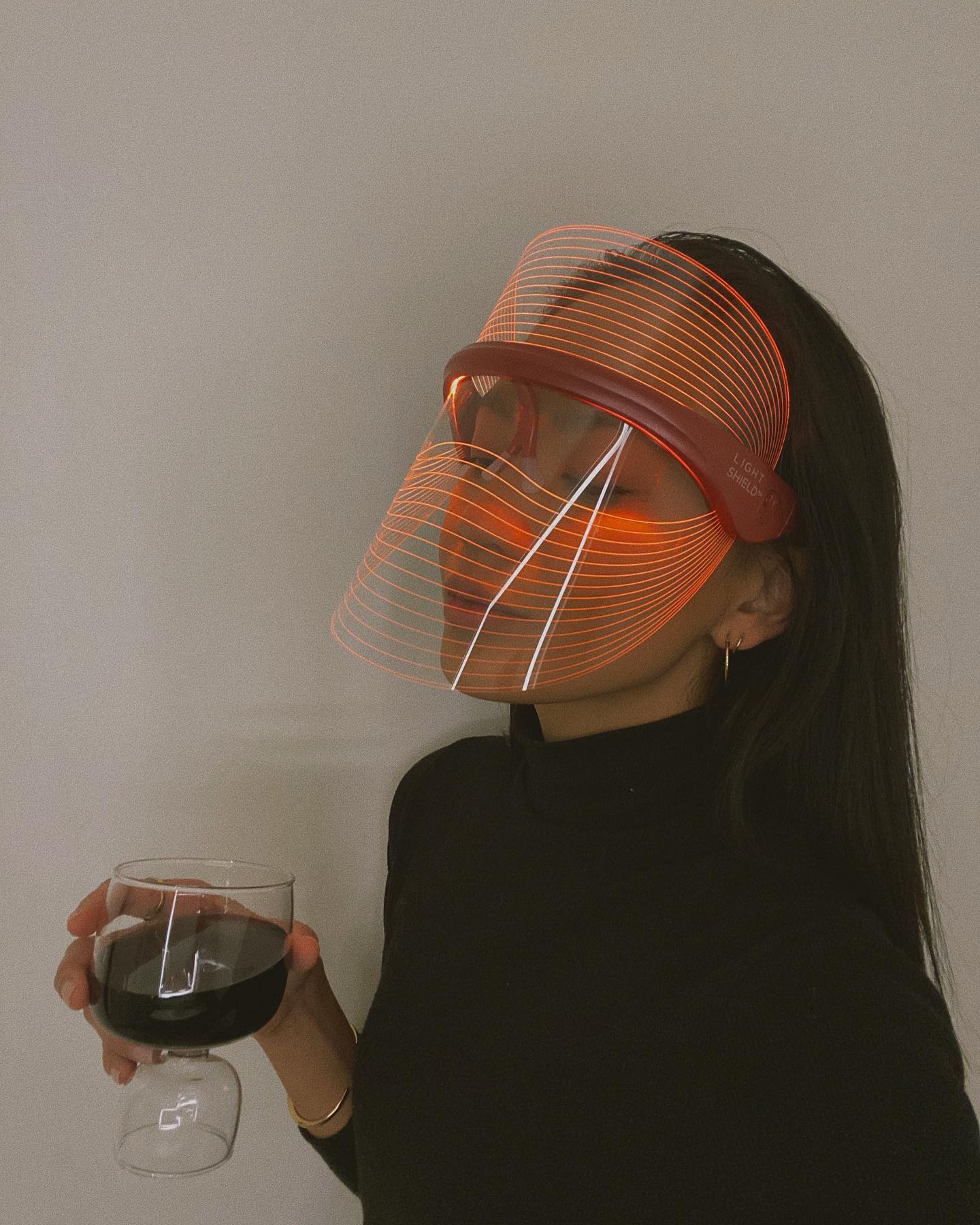
Is an at-Home LED Face Mask Really Worth It?
So, now that you know everything about LED therapy, you might be asking yourself, is it worth buying an at-home mask? In my opinion, an LED face mask is a worthwhile investment if you're looking to tackle specific skincare concerns. The treatment has a wide range of benefits, and if used consistently over time, can make significant improvements to your skin.
Although it might seem like a lot of money straight away, when you compare the price of an at-home mask to an in-clinic treatment, it's a lot more cost-effective. As summarized by Zamani, "I love the skin-boosting effects of LED and think it is the best at-home device that can be done safely."
Pros and Cons of LED Light Masks
Pros:
- Tackles a wide range of skincare concerns
- At-home masks are more cost-effective than in-clinic treatments
- Can be safe and effective when used as directed
Cons:
- Must be used consistently to see results
- Some LED face masks are expensive
- May not be suitable for some health conditions
Shop the Best LED Face Masks:

Grace Lindsay is the junior beauty editor atBest Knockoff Luxury Clothing UK. At the age of 18 she decided to train as a makeup artist before going on to study english and media at Goldsmiths University. It was during that time that she explored her love for journalism by interning at a small beauty start-up based in Shoreditch. Since then, she has worked at a number of publications including Marie Claire and Hello!, where her love for all things beauty continued to grow.
AsBest Knockoff Luxury Clothing UK's junior beauty editor, she covers everything from Wholesale Replica Bag hair trends to the stand-out makeup products of the season.
- Kaitlyn McLintockBeauty Editor
